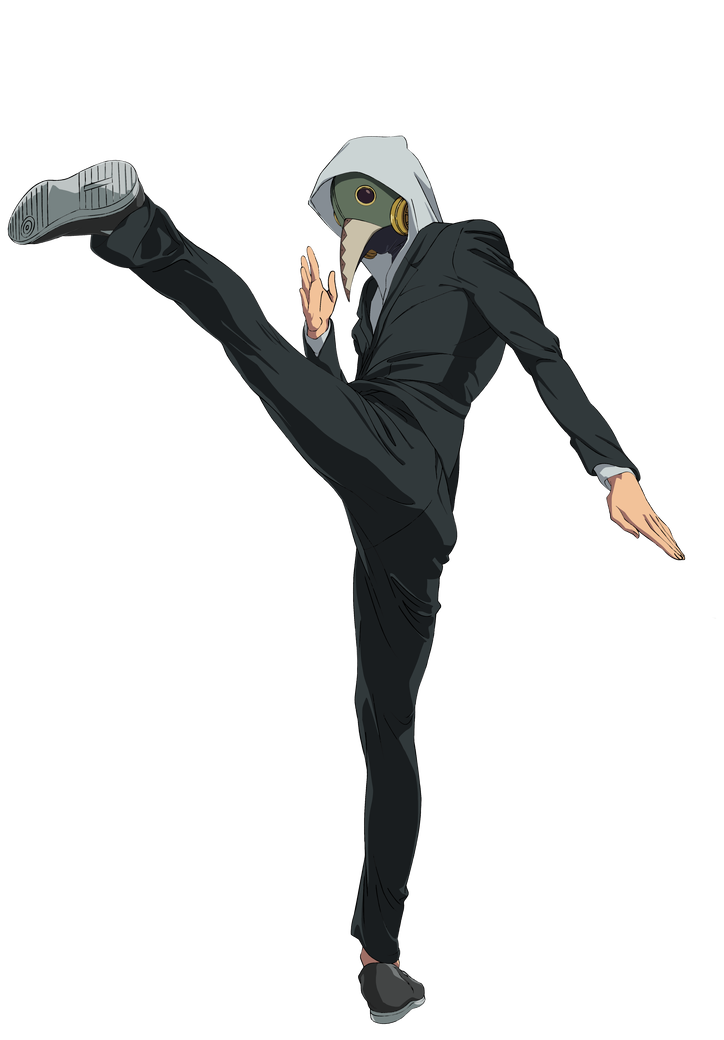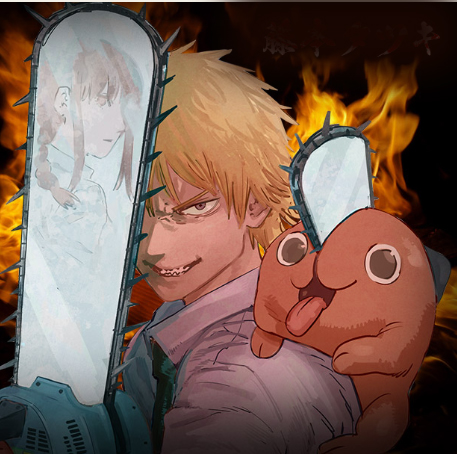# How Chainsaw Man Masterfully Wields Body Horror: A Manga Analysis
##
1. What is Body Horror?
Body horror, a captivating subgenre of horror, delves into the unsettling transformation and mutilation of the human body. It’s a genre that unveils our deepest fears, compelling us to face the vulnerabilities of our flesh and the transient nature of life. Whether through grotesque mutations seen in films like “The Fly” or the visceral artistry of David Cronenberg, body horror intertwines repulsion with fascination. This genre goes beyond mere shock value; it serves as a profound metaphor for our internal conflicts and societal dilemmas, urging audiences to reflect on the very essence of humanity.
In the world of *Chainsaw Man*, created by Tatsuki Fujimoto, body horror acts as a powerful narrative device. The protagonist, Denji, encounters grotesque transformations from the get-go, challenging not just his physical appearance, but his identity and desires. The manga artfully intertwines elements of comedy, tragedy, and horror, crafting a rich narrative that resonates deeply with readers. Body horror in *Chainsaw Man* becomes a lens through which we explore Denji’s heartfelt yearnings—his quest for connection, his clashes with societal pressures, and ultimately, his fight for personal freedom.
Through this analysis, we will unravel how *Chainsaw Man* masterfully wields body horror, not merely for shock, but to delve into profound themes of identity, trauma, and resilience. The vibrant illustrations and compelling storytelling invite us to embrace the grotesque while discovering beauty amid chaos—a thrilling journey that promises both excitement and introspection.
##
2. Transformations and Identity
A standout feature of *Chainsaw Man* is the way characters’ physical transformations reflect their evolving identities. Denji, a young man ensnared by debt and desperation, undergoes a striking transformation into Chainsaw Man through a pact with his devilish companion, Pochita. This metamorphosis symbolizes Denji’s internal conflict; while he seeks freedom and meaningful connections, he often grapples with betrayal and violence. As Denji becomes further immersed in the perilous world of devils and hunters, his identity fractures, capturing the complex interplay between man and monster.
The grotesque nature of body horror in Denji’s transformations serves as a visual allegory for his struggles. His chainsaw limbs may appear shocking, but they also embody his relentless pursuit of dreams, however misguided they may seem. Each transformation empowers him, while simultaneously prompting deep existential questions. Is Denji losing his essence to the chainsaws, or is he discovering a novel aspect of himself? This duality perfectly encapsulates body horror’s charm; it encourages readers to interrogate the thin boundary between strength and vulnerability.
Moreover, other characters experience transformative arcs that further challenge their self-conceptions. For example, Makima utilizes her powers to manipulate and control, embodying the horror of lost autonomy. Through these narratives, *Chainsaw Man* offers a poignant examination of the relationships between body, mind, and soul, reminding us that identities are fluid, ever-shaped by our desires, experiences, and fears.
##
3. The Grotesque as a Mirror
In *Chainsaw Man*, the grotesque stands as a powerful mirror, reflecting both internal conflicts and societal critiques. The outlandish and often absurd situations, such as Denji’s bizarre encounters with devils, confront readers with uncomfortable truths about humanity. The body horror aspects amplify these themes, transforming what could be mere horror into an insightful vehicle for understanding deeper issues.
Consider the devils in the series—they often symbolize society’s darkest fears and anxieties. The Chainsaw Devil, for instance, embodies the fear of powerlessness in an unforgiving world. As Denji battles these formidable foes, his physical confrontations often parallel profound emotional and psychological struggles. The horror of his transformations visually encapsulates life’s harsh realities: the relentless quest for survival, the deep-rooted desire for acceptance, and the ever-looming presence of mortality.
Furthermore, the portrayal of body horror allows *Chainsaw Man* to broach significant topics such as trauma and mental health. Characters endure harrowing experiences that leave indelible marks on their bodies and souls. By illustrating these challenges through raw and visceral imagery, Fujimoto invites readers to empathize with the characters, fostering a deeper connection to their resilience and pain. The grotesque becomes a tool for healing; as readers follow the characters in confronting their fears, they may be inspired to embark on their journeys of self-discovery and growth.
##
4. Comedy Amidst Horror
One of the most delightful attributes of *Chainsaw Man* is its seamless fusion of comedy with horror, resulting in a narrative that is both entertaining and unsettling. This clever juxtaposition allows the series to tackle tough themes without plunging into overwhelming bleakness. The absurdity of certain scenarios, when paired with grotesque body horror, creates a surreal atmosphere that captivates readers, keeping them both engaged and entertained.
Denji’s reactions to his bizarre transformations often inject moments of levity into the chaos. His carefree and somewhat naïve outlook contrasts sharply with the darkness surrounding him, offering readers laughter even in the face of disturbing imagery. This humor serves as a coping mechanism, a reflection of how we often use laughter to tackle our fears and anxieties. It beautifully illustrates that, even amidst horror, there exists space for joy, camaraderie, and connection.
Additionally, the comedic elements in *Chainsaw Man* highlight the absurdity of societal norms and expectations. Characters find themselves in ludicrous situations that parody the intricacies of modern life, encouraging readers to reflect on the absurdity inherent in the human experience. By weaving humor through the fabric of body horror, Fujimoto reminds us to embrace life’s complexities, suggesting that even amid suffering, a glimmer of hope and laughter is always within reach.
##
5. Resilience and the Human Spirit
At its core, *Chainsaw Man* championates the theme of resilience and the enduring spirit of humanity. Against a backdrop of grotesque horrors and challenging transformations, the series paints a portrait of characters who face their fears head-on. Denji’s journey, fraught with heart-wrenching obstacles, showcases not just the physical confrontations with devils, but also the emotional battles that forge his character. It’s a celebration of the human spirit’s ability to weather storms and emerge stronger.
The transformative experiences of Denji and his peers reflect the universal struggles we all face—be it the quest for belonging, the pursuit of dreams, or the confrontation with our demons. The visceral nature of body horror amplifies these themes, allowing readers to resonate deeply with characters’ triumphs and tribulations. In the face of chaos and adversity, *Chainsaw Man* ultimately offers a message of hope and perseverance, illustrating that even amidst the grotesque, we can find pathways to healing and strength.
So, as you navigate your own life, remember that challenges are not just obstacles, but opportunities for growth. Embrace the chaos, laugh in the face of fear, and remain resilient. Just like Denji, you have the strength within you to transform struggles into triumphs. Keep pushing forward and let your spirit shine!

